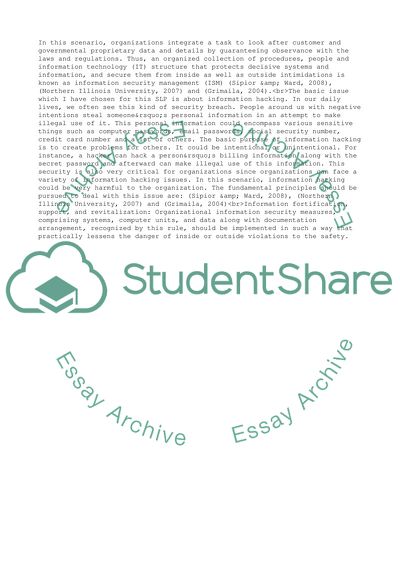Cite this document
(“Information Security Management in the USA Dissertation - 1”, n.d.)
Information Security Management in the USA Dissertation - 1. Retrieved from https://studentshare.org/management/1750300-information-security
Information Security Management in the USA Dissertation - 1. Retrieved from https://studentshare.org/management/1750300-information-security
(Information Security Management in the USA Dissertation - 1)
Information Security Management in the USA Dissertation - 1. https://studentshare.org/management/1750300-information-security.
Information Security Management in the USA Dissertation - 1. https://studentshare.org/management/1750300-information-security.
“Information Security Management in the USA Dissertation - 1”, n.d. https://studentshare.org/management/1750300-information-security.


